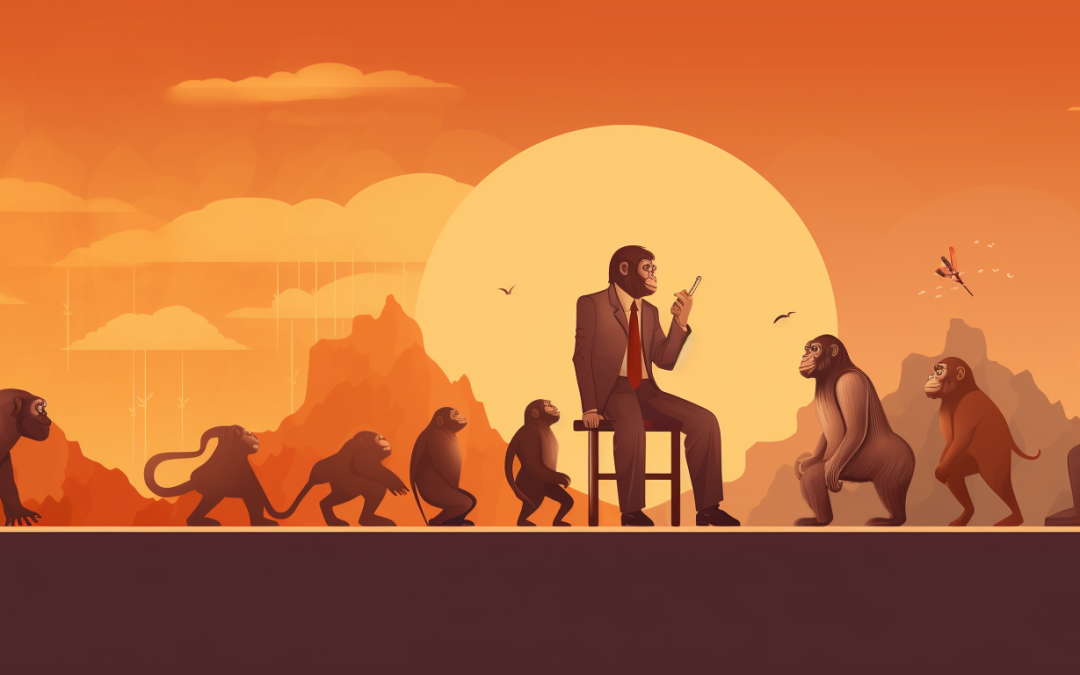Gather round, branding enthusiasts! Today, we’re taking a stroll down memory lane to explore the fascinating evolution of branding throughout history. Spoiler alert: It’s been quite a ride! So, strap on your time-traveling helmets, and let’s delve into the captivating world of branding, from ancient civilizations to the digital age.
Once upon a time, in the ancient era of 3000 BC, branding had a rather simple and functional purpose. It was used to mark livestock and pottery, enabling owners to identify their possessions easily. Fast forward to the Middle Ages, and branding began to take on a new meaning. Craftsmen would use unique marks or symbols to identify the origin and quality of their goods.
As we venture into the industrial revolution, branding evolved even further. With the rise of mass production and urbanization, companies started using logos, packaging, and advertising to create distinct identities for their products. And thus, the birth of the modern brand.
In the late 20th century, branding took another leap with the emergence of emotional branding, which we covered in a previous article (hint hint, nudge nudge). This approach focused on forging emotional connections with consumers, creating loyal brand advocates in the process.
And finally, we arrive at the digital age – the era of social media, AI, and data-driven branding strategies. In this brave new world, companies are constantly adapting and innovating to stand out in the overcrowded online space. Brands are becoming more human and engaging, using storytelling, user-generated content, and personalized experiences to create memorable and authentic connections with their audience.
So, there you have it, folks – a whirlwind tour of the evolution of branding! What once began as a simple mark of ownership has grown into an intricate web of emotions, visuals, and messaging that defines the way we perceive and interact with brands today.

